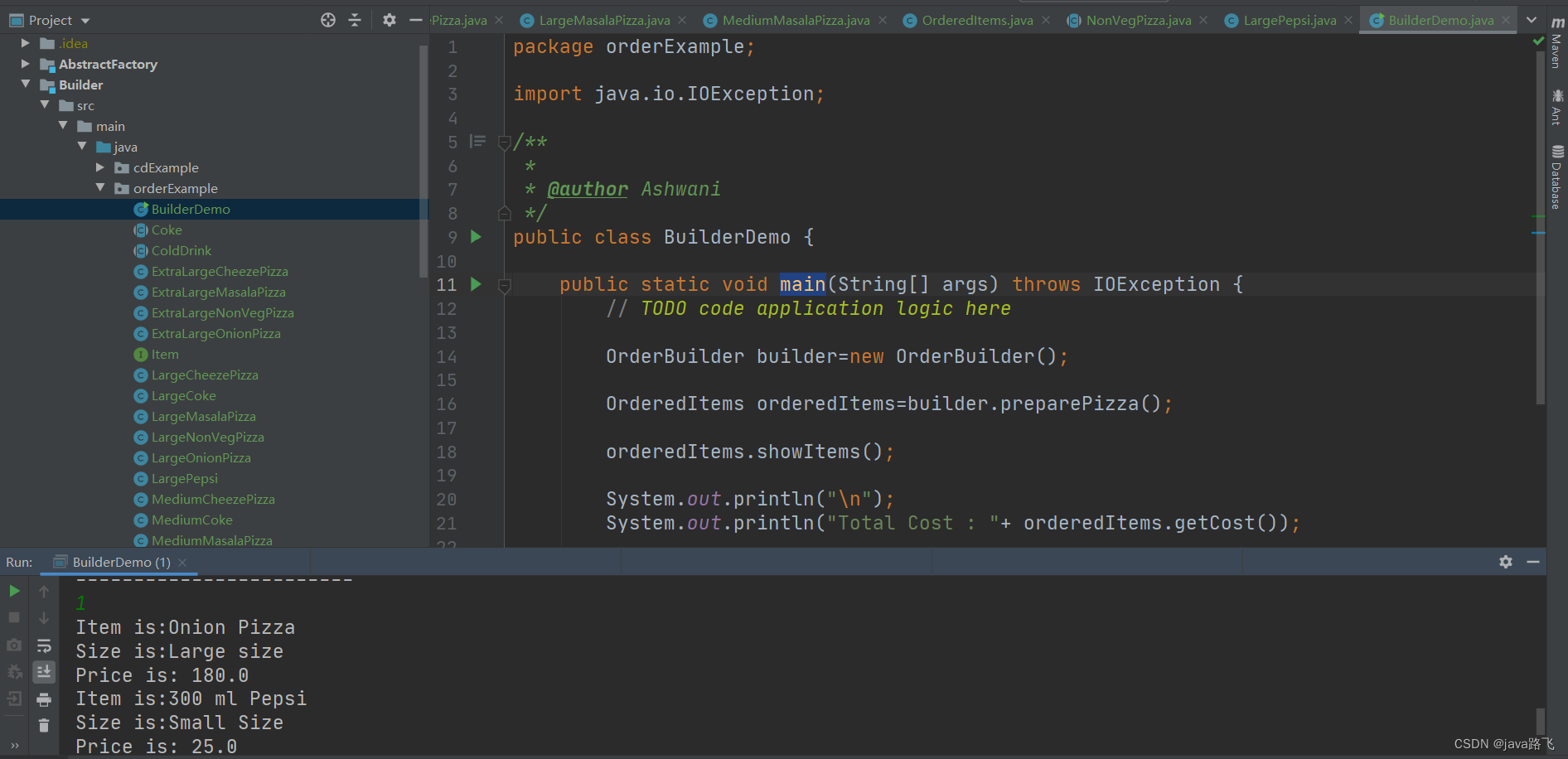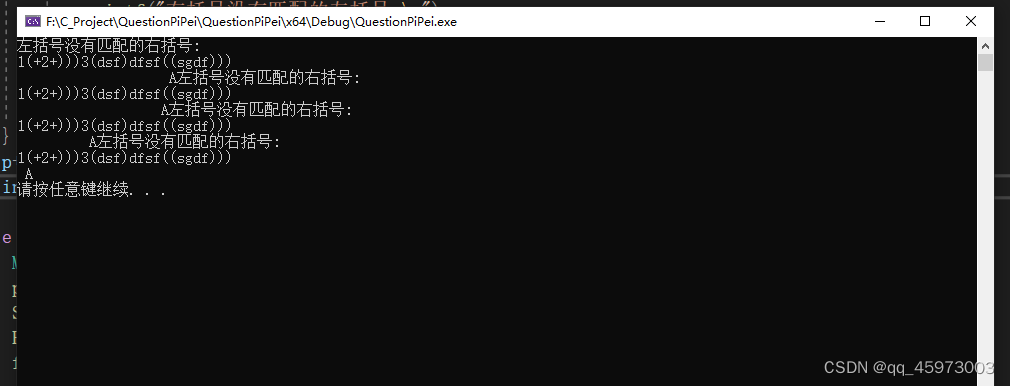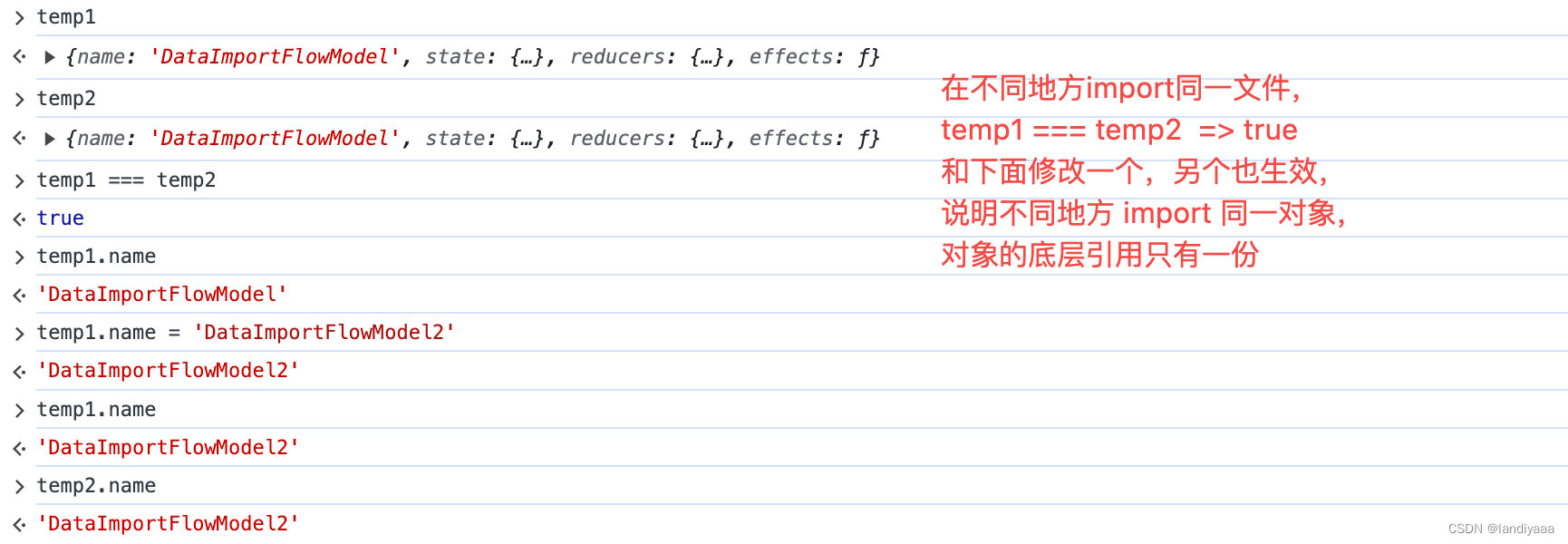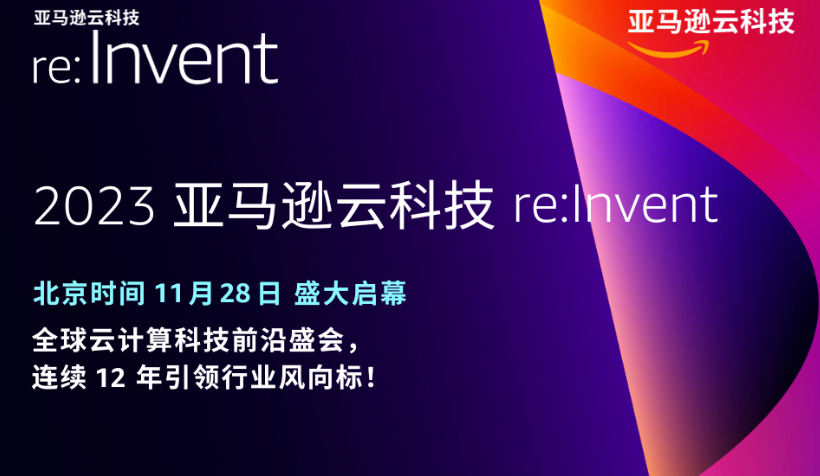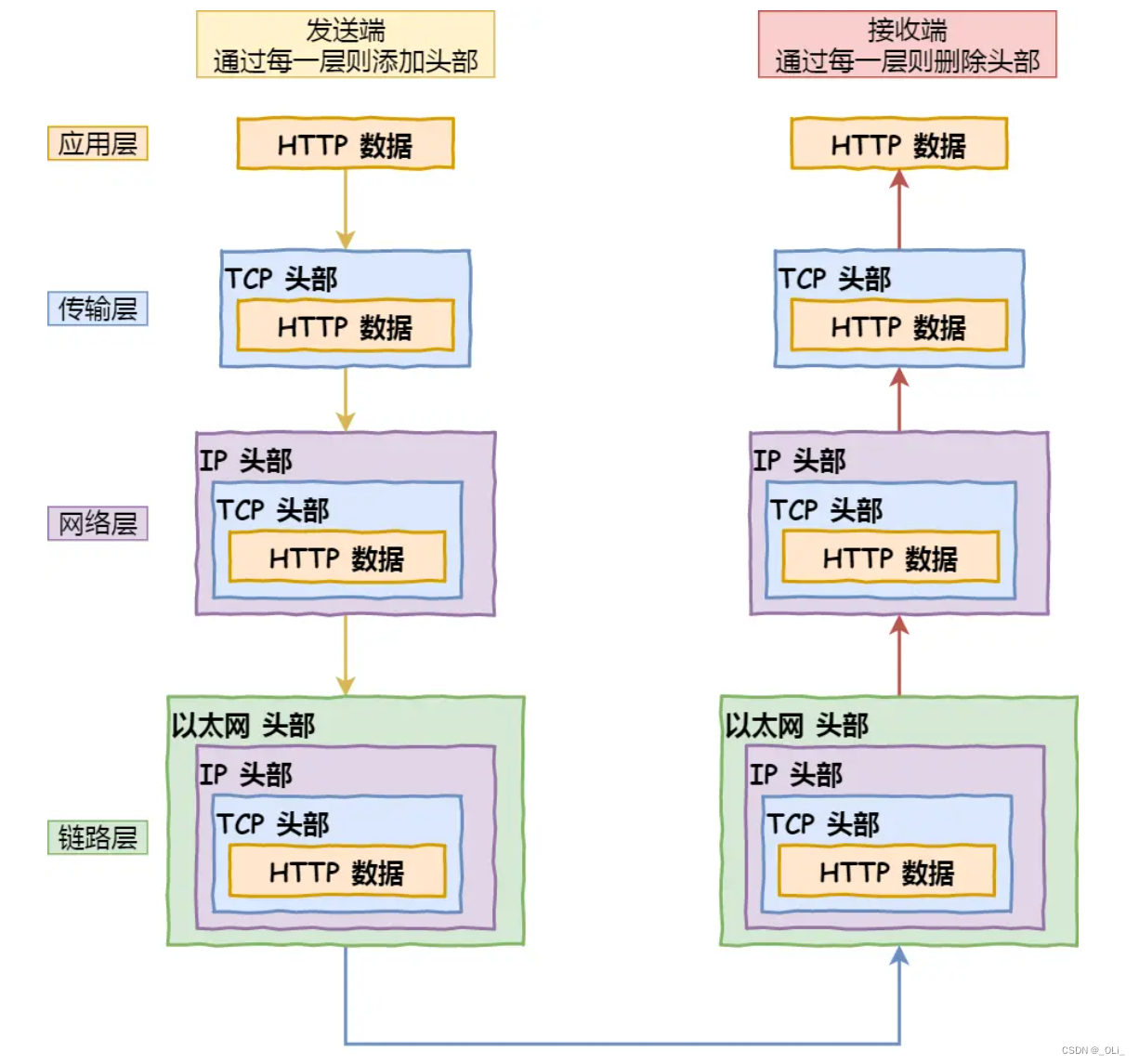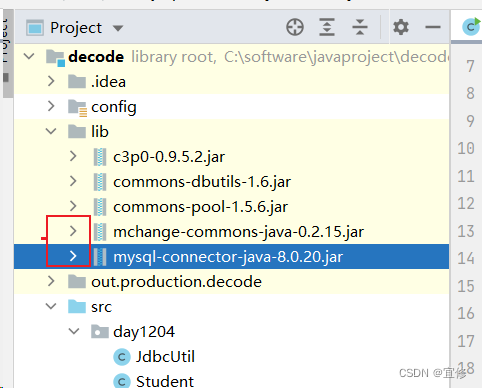前言
前期实现了导入MySQL元数据到Apache Atlas, 由于是初步版本,且功能参照Atlas Hive Hook,实现的不够完美
本期对功能进行改进,实现了导入多种关系型数据库元数据到Apache Atlas
数据库schema与catalog
按照SQL标准的解释,在SQL环境下Catalog和Schema都属于抽象概念,可以把它们理解为一个容器或者数据库对象命名空间中的一个层次,主要用来解决命名冲突问题。从概念上说,一个数据库系统包含多个Catalog,每个Catalog又包含多个Schema,而每个Schema又包含多个数据库对象(表、视图、字段等),反过来讲一个数据库对象必然属于一个Schema,而该Schema又必然属于一个Catalog,这样我们就可以得到该数据库对象的完全限定名称,从而解决命名冲突的问题了;例如数据库对象表的完全限定名称就可以表示为:Catalog名称.Schema名称.表名称。这里还有一点需要注意的是,SQL标准并不要求每个数据库对象的完全限定名称是唯一的。
从实现的角度来看,各种数据库系统对Catalog和Schema的支持和实现方式千差万别,针对具体问题需要参考具体的产品说明书,比较简单而常用的实现方式是使用数据库名作为Catalog名,使用用户名作为Schema名,具体可参见下表:
表1 常用数据库
| 供应商 | Catalog支持 | Schema支持 |
|---|---|---|
| Oracle | 不支持 | Oracle User ID |
| MySQL | 不支持 | 数据库名 |
| MS SQL Server | 数据库名 | 对象属主名,2005版开始有变 |
| DB2 | 指定数据库对象时,Catalog部分省略 | Catalog属主名 |
| Sybase | 数据库名 | 数据库属主名 |
| Informix | 不支持 | 不需要 |
| PointBase | 不支持 | 数据库名 |
原文:https://www.cnblogs.com/ECNB/p/4611309.html
元数据模型层级抽象
不同的关系型数据库,其数据库模式有所区别,对应与下面的层级关系

- Datasource -> Catalog -> Schema -> Table -> Column
- Datasource -> Catalog -> Table -> Column
- Datasource -> Schema -> Table -> Column
元数据转换设计

提供元数据
借鉴Apache DolphinScheduler中获取Connection的方式,不多赘述。
public Connection getConnection(DbType dbType, ConnectionParam connectionParam) throws ExecutionException {BaseConnectionParam baseConnectionParam = (BaseConnectionParam) connectionParam;String datasourceUniqueId = DataSourceUtils.getDatasourceUniqueId(baseConnectionParam, dbType);logger.info("Get connection from datasource {}", datasourceUniqueId);DataSourceClient dataSourceClient = uniqueId2dataSourceClientCache.get(datasourceUniqueId, () -> {Map<String, DataSourceChannel> dataSourceChannelMap = dataSourcePluginManager.getDataSourceChannelMap();DataSourceChannel dataSourceChannel = dataSourceChannelMap.get(dbType.getDescp());if (null == dataSourceChannel) {throw new RuntimeException(String.format("datasource plugin '%s' is not found", dbType.getDescp()));}return dataSourceChannel.createDataSourceClient(baseConnectionParam, dbType);});return dataSourceClient.getConnection();}
转换元数据
- 元数据模型
创建数据库的元数据模型
private AtlasEntityDef createJdbcDatabaseDef() {AtlasEntityDef typeDef = createClassTypeDef(DatabaseProperties.JDBC_TYPE_DATABASE,Collections.singleton(DatabaseProperties.ENTITY_TYPE_DATASET),createOptionalAttrDef(DatabaseProperties.ATTR_URL, "string"),createOptionalAttrDef(DatabaseProperties.ATTR_DRIVER_NAME, "string"),createOptionalAttrDef(DatabaseProperties.ATTR_PRODUCT_NAME, "string"),createOptionalAttrDef(DatabaseProperties.ATTR_PRODUCT_VERSION, "string"));typeDef.setServiceType(DatabaseProperties.ENTITY_SERVICE_TYPE);return typeDef;
}
创建数据库模式的元数据模型
private AtlasEntityDef createJdbcSchemaDef() {AtlasEntityDef typeDef = AtlasTypeUtil.createClassTypeDef(SchemaProperties.JDBC_TYPE_SCHEMA,Collections.singleton(SchemaProperties.ENTITY_TYPE_DATASET));typeDef.setServiceType(SchemaProperties.ENTITY_SERVICE_TYPE);typeDef.setOptions(new HashMap<>() {{put("schemaElementsAttribute", "tables");}});return typeDef;
}
创建数据库表的元数据模型
private AtlasEntityDef createJdbcTableDef() {AtlasEntityDef typeDef = createClassTypeDef(TableProperties.JDBC_TYPE_TABLE,Collections.singleton(TableProperties.ENTITY_TYPE_DATASET),createOptionalAttrDef(TableProperties.ATTR_TABLE_TYPE, "string"));typeDef.setServiceType(BaseProperties.ENTITY_SERVICE_TYPE);typeDef.setOptions(new HashMap<>() {{put("schemaElementsAttribute", "columns");}});return typeDef;
}
创建数据库列的元数据模型
private AtlasEntityDef createJdbcColumnDef() {AtlasEntityDef typeDef = createClassTypeDef(ColumnProperties.JDBC_TYPE_COLUMN,Collections.singleton(ColumnProperties.ENTITY_TYPE_DATASET),createOptionalAttrDef(ColumnProperties.ATTR_COLUMN_TYPE, "string"),createOptionalAttrDef(ColumnProperties.ATTR_IS_PRIMARY_KEY, "string"),createOptionalAttrDef(ColumnProperties.ATTR_COLUMN_IS_NULLABLE, "string"),createOptionalAttrDef(ColumnProperties.ATTR_COLUMN_DEFAULT_VALUE, "string"),createOptionalAttrDef(ColumnProperties.ATTR_COLUMN_AUTO_INCREMENT, "string"));typeDef.setServiceType(BaseProperties.ENTITY_SERVICE_TYPE);HashMap<String, String> options = new HashMap<>() {{put("schemaAttributes", "[\"name\", \"isPrimaryKey\", \"columnType\", \"isNullable\" , \"isAutoIncrement\", \"description\"]");}};typeDef.setOptions(options);return typeDef;
}
创建实体之间的关系模型
private List<AtlasRelationshipDef> createAtlasRelationshipDef() {String version = "1.0";// 数据库和模式的关系AtlasRelationshipDef databaseSchemasDef = createRelationshipTypeDef(BaseProperties.RELATIONSHIP_DATABASE_SCHEMAS,BaseProperties.RELATIONSHIP_DATABASE_SCHEMAS,version, COMPOSITION, AtlasRelationshipDef.PropagateTags.NONE,createRelationshipEndDef(BaseProperties.JDBC_TYPE_DATABASE, "schemas", SET, true),createRelationshipEndDef(BaseProperties.JDBC_TYPE_SCHEMA, "database", SINGLE, false));databaseSchemasDef.setServiceType(BaseProperties.ENTITY_SERVICE_TYPE);AtlasRelationshipDef databaseTablesDef = createRelationshipTypeDef(BaseProperties.RELATIONSHIP_DATABASE_TABLES,BaseProperties.RELATIONSHIP_DATABASE_TABLES,version, AGGREGATION, AtlasRelationshipDef.PropagateTags.NONE,createRelationshipEndDef(BaseProperties.JDBC_TYPE_DATABASE, "tables", SET, true),createRelationshipEndDef(BaseProperties.JDBC_TYPE_TABLE, "database", SINGLE, false));databaseTablesDef.setServiceType(BaseProperties.ENTITY_SERVICE_TYPE);// 模式和数据表的关系// 注意 schema 已经被使用, 需要更换否则会冲突, 例如改为 Jschema(jdbc_schema)AtlasRelationshipDef schemaTablesDef = createRelationshipTypeDef(BaseProperties.RELATIONSHIP_SCHEMA_TABLES,BaseProperties.RELATIONSHIP_SCHEMA_TABLES,version, AGGREGATION, AtlasRelationshipDef.PropagateTags.NONE,createRelationshipEndDef(BaseProperties.JDBC_TYPE_SCHEMA, "tables", SET, true),createRelationshipEndDef(BaseProperties.JDBC_TYPE_TABLE, "Jschema", SINGLE, false));schemaTablesDef.setServiceType(BaseProperties.ENTITY_SERVICE_TYPE);// 表和数据列的关系AtlasRelationshipDef tableColumnsDef = createRelationshipTypeDef(BaseProperties.RELATIONSHIP_TABLE_COLUMNS,BaseProperties.RELATIONSHIP_TABLE_COLUMNS,version, COMPOSITION, AtlasRelationshipDef.PropagateTags.NONE,createRelationshipEndDef(BaseProperties.JDBC_TYPE_TABLE, "columns", SET, true),createRelationshipEndDef(BaseProperties.JDBC_TYPE_COLUMN, "table", SINGLE, false));tableColumnsDef.setServiceType(BaseProperties.ENTITY_SERVICE_TYPE);return Arrays.asList(databaseSchemasDef, databaseTablesDef, schemaTablesDef, tableColumnsDef);
}
-
提取元数据
不再赘述
-
转换元数据
使用工厂模式,提供不同类型的元数据转换方式
public interface JdbcTransferFactory {JdbcTransfer getTransfer(DatabaseMetaData metaData, AtlasClientV2 client);boolean supportType(String type);String getName();
}
List ignorePatterns 用来过滤不想导入的数据库元数据,例如mysql的information_schema
public interface JdbcTransfer {void transfer();JdbcTransfer setIgnorePatterns(List<Pattern> ignorePatterns);
}
举例:JdbcMysqlTransfer 和 MysqlTransferFactory
@AutoService(JdbcTransferFactory.class)
public class MysqlTransferFactory implements JdbcTransferFactory {public static final String MYSQL = "mysql";@Overridepublic JdbcTransfer getTransfer(DatabaseMetaData metaData, AtlasClientV2 client) {return new JdbcMysqlTransfer(metaData, client);}@Overridepublic boolean supportType(String type) {return MYSQL.equalsIgnoreCase(type);}@Overridepublic String getName() {return MYSQL;}
}
public class JdbcMysqlTransfer implements JdbcTransfer {private final Jdbc jdbc;private final AtlasService atlasService;private List<Pattern> ignorePatterns;public JdbcMysqlTransfer(DatabaseMetaData metaData, AtlasClientV2 client) {this.jdbc = new Jdbc(new JdbcMetadata(metaData));this.atlasService = new AtlasService(client);this.ignorePatterns = Collections.emptyList();}@Overridepublic JdbcTransfer setIgnorePatterns(List<Pattern> ignorePatterns) {this.ignorePatterns = ignorePatterns;return this;}private boolean tableIsNotIgnored(String tableName) {return ignorePatterns.stream().noneMatch(regex -> regex.matcher(tableName).matches());}@Overridepublic void transfer() {// 1.数据库实体转换DatabaseTransfer databaseTransfer = new DatabaseTransfer(atlasService);AtlasEntity databaseEntity = databaseTransfer.apply(jdbc);// 2.表实体转换String catalog = (String) databaseEntity.getAttribute(BaseProperties.ATTR_NAME);List<AtlasEntity> tableEntities = jdbc.getTables(catalog, catalog).parallelStream().filter(jdbcTable -> tableIsNotIgnored(jdbcTable.getTableName())).map(new TableTransfer(atlasService, databaseEntity)).toList();// 3.列转换for (AtlasEntity tableEntity : tableEntities) {String tableName = (String) tableEntity.getAttribute(BaseProperties.ATTR_NAME);List<JdbcPrimaryKey> primaryKeys = jdbc.getPrimaryKeys(catalog, tableName);jdbc.getColumns(catalog, catalog, tableName).parallelStream().forEach(new ColumnTransfer(atlasService, tableEntity, primaryKeys));}}}
- 元数据存入Atlas
public class DatabaseTransfer implements Function<Jdbc, AtlasEntity> {private final AtlasService atlasService;public DatabaseTransfer(AtlasService atlasService) {this.atlasService = atlasService;}@Overridepublic AtlasEntity apply(Jdbc jdbc) {String userName = jdbc.getUserName();String driverName = jdbc.getDriverName();String productName = jdbc.getDatabaseProductName();String productVersion = jdbc.getDatabaseProductVersion();String url = jdbc.getUrl();String urlWithNoParams = url.contains("?") ? url.substring(0, url.indexOf("?")) : url;String catalogName = urlWithNoParams.substring(urlWithNoParams.lastIndexOf("/") + 1);// 特殊处理 Oracleif (productName.equalsIgnoreCase("oracle")){catalogName = userName.toUpperCase();urlWithNoParams = urlWithNoParams + "/" + catalogName;}DatabaseProperties properties = new DatabaseProperties();properties.setQualifiedName(urlWithNoParams);properties.setDisplayName(catalogName);properties.setOwner(userName);properties.setUrl(url);properties.setDriverName(driverName);properties.setProductName(productName);properties.setProductVersion(productVersion);// 1.创建Atlas EntityAtlasEntity atlasEntity = new AtlasEntity(DatabaseProperties.JDBC_TYPE_DATABASE, properties.getAttributes());// 2.判断是否存在实体, 存在则填充GUIDMap<String, String> searchParam = Collections.singletonMap(DatabaseProperties.ATTR_QUALIFIED_NAME, urlWithNoParams);Optional<AtlasEntityHeader> entityHeader = atlasService.checkAtlasEntityExists(DatabaseProperties.JDBC_TYPE_DATABASE, searchParam);entityHeader.ifPresent(header -> atlasEntity.setGuid(header.getGuid()));// 3,存储或者更新到Atlas中if (entityHeader.isPresent()){atlasService.createAtlasEntity(new AtlasEntity.AtlasEntityWithExtInfo(atlasEntity));}else {AtlasEntityHeader header = atlasService.createAtlasEntity(new AtlasEntity.AtlasEntityWithExtInfo(atlasEntity));atlasEntity.setGuid(header.getGuid());}return atlasEntity;}
}
效果展示
- 元数据类型定义


- 测试导入元数据
由于mysql没有采用schema,因此jdbc_schema为空

如图所示,可以清晰的了解mysql数据库中demo数据库的数据表内容

数据表元数据,qualifiedName使用数据库连接url.表名

如同所示,数据表内各个列的元数据;可以清晰的了解该数据表的各个字段信息

![全文检索[ES系列] - 第495篇](https://img-blog.csdnimg.cn/img_convert/880d863c11479bc7084d22b7b0b1b11f.png)
